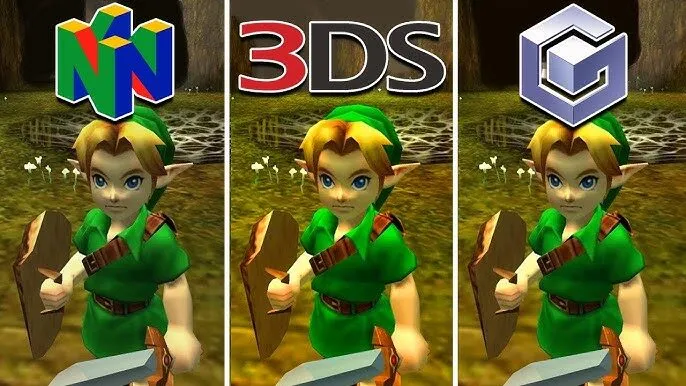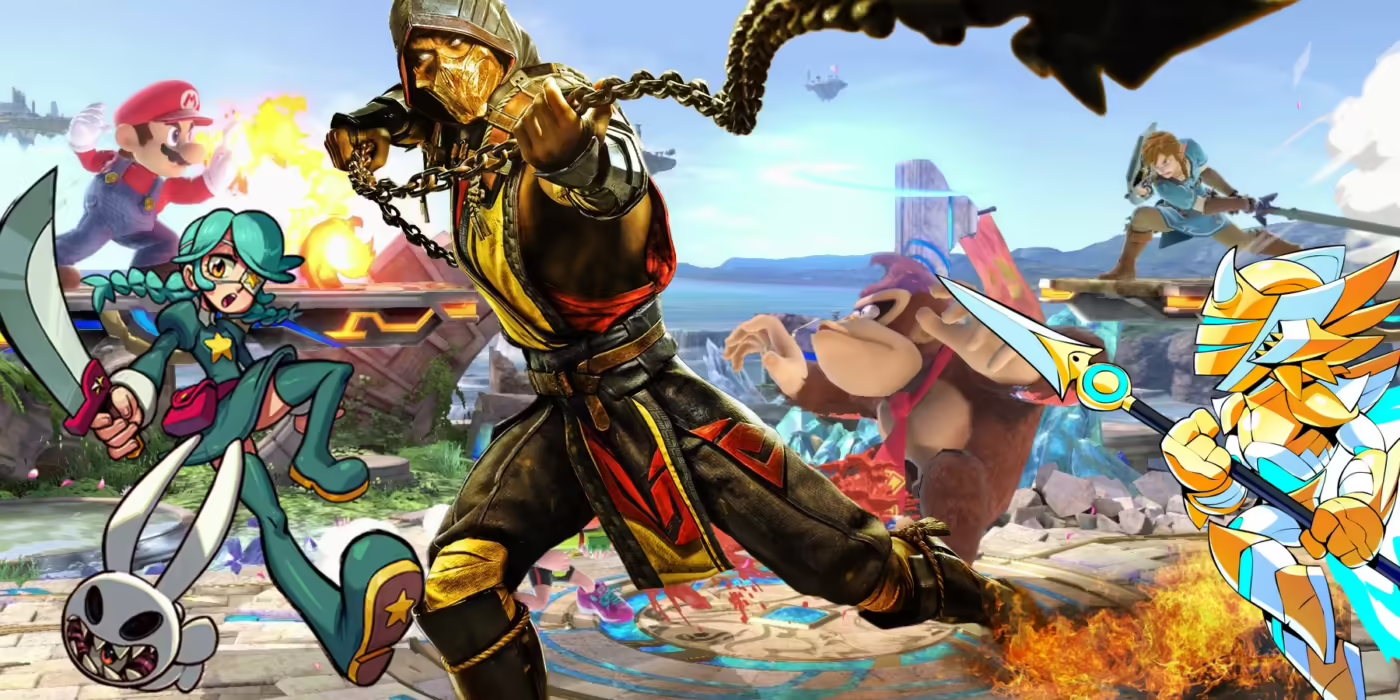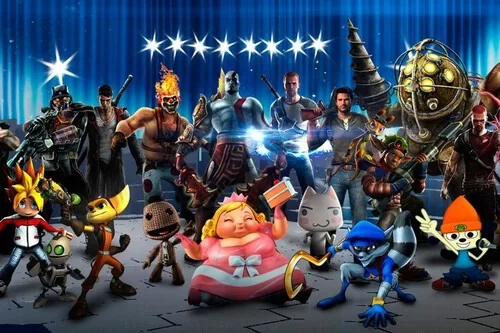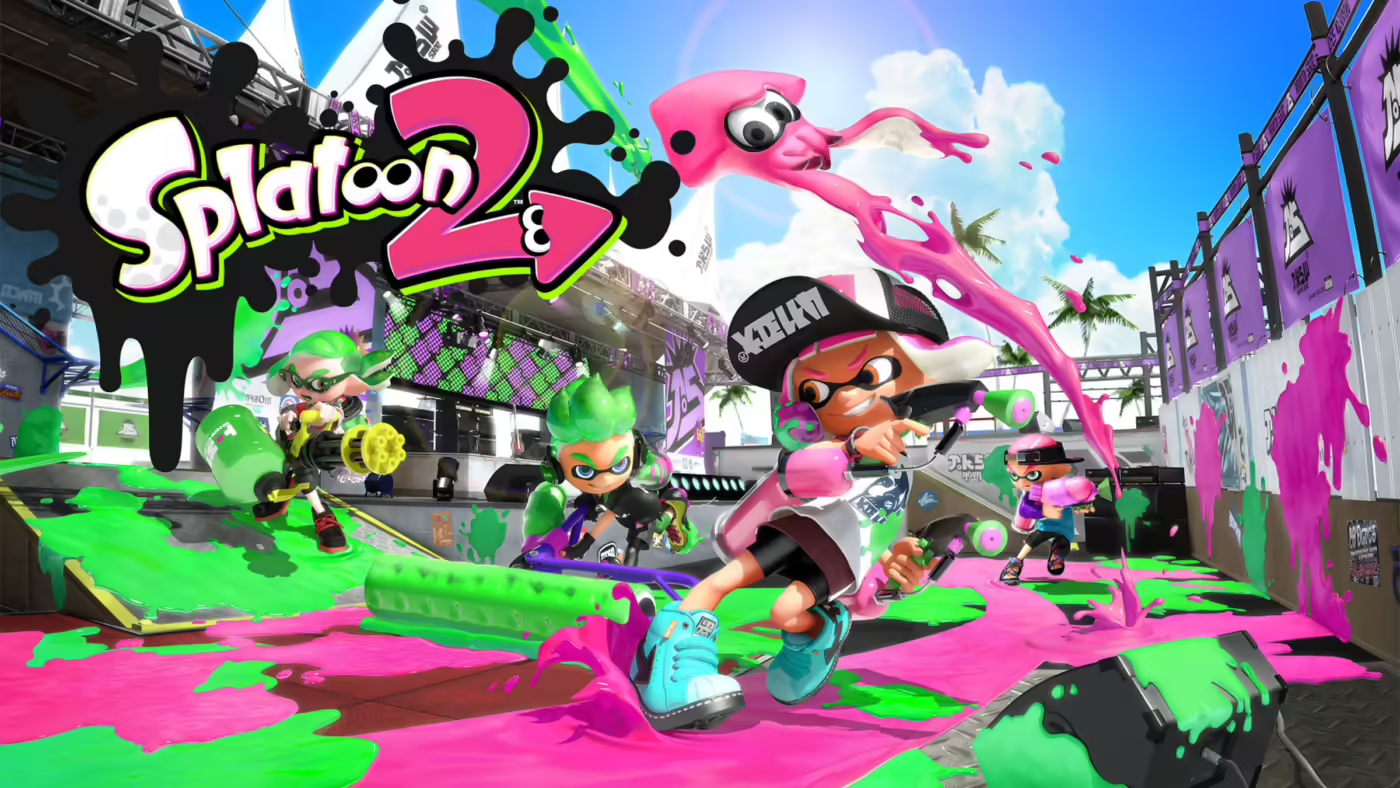Fighting Games on Nintendo: A Comprehensive Guide

Fighting games have long captivated gamers with their fast-paced action, strategic depth, and competitive spirit. From arcades to home consoles, the genre has found a unique home on Nintendo platforms, blending accessibility with innovation. Whether you’re a casual player enjoying a quick match or a competitive gamer mastering intricate combos, Nintendo’s consoles—especially the iconic Nintendo Switch—offer a rich library of fighting games that cater to all skill levels. This article dives into the history, iconic titles, strengths, challenges, and future of fighting games on Nintendo, celebrating their enduring legacy and vibrant community. Join games4nintendo.com to dive deep into the details.
History of Fighting Games on Nintendo Platforms
Early Beginnings: NES and SNES Era
The roots of fighting games on Nintendo consoles trace back to the 1980s and 1990s with the NES and Super Nintendo Entertainment System (SNES). During this era, the genre was gaining momentum in arcades, and developers sought to bring that excitement to home consoles. The SNES became a defining platform with the release of Street Fighter II in 1992, a game that revolutionized the genre with its polished mechanics and diverse roster. Despite hardware limitations, such as reduced sprite quality compared to arcade versions, Street Fighter II on SNES was a massive success, selling millions and cementing Nintendo’s place in the fighting game world. Other titles, like Mortal Kombat and Teenage Mutant Ninja Turtles: Tournament Fighters, further showcased the SNES’s ability to handle the genre, though compromises in graphics and sound were common due to the era’s technical constraints.
The N64 and GameCube Era
The Nintendo 64 (N64) marked a shift toward 3D gaming, presenting new challenges and opportunities for fighting games. While traditional 2D fighters struggled to compete with the more powerful PlayStation, Nintendo introduced a game-changer: Super Smash Bros. in 1999. Unlike conventional fighters, Super Smash Bros. combined platforming elements with a crossover roster of Nintendo characters, creating a unique and accessible fighting experience. Its success laid the foundation for a franchise that would define Nintendo’s fighting game legacy. The GameCube era elevated this with Super Smash Bros. Melee in 2001, a title revered for its fast-paced gameplay and depth. Meleebecame a competitive phenomenon, with a dedicated community that persists to this day. Other fighters, like SoulCalibur II (featuring Link as a guest character), also thrived on the GameCube, showcasing Nintendo’s growing influence in the genre.
Modern Era: Wii, Wii U, and Nintendo Switch
The Wii and Wii U expanded Nintendo’s fighting game offerings, with Super Smash Bros. Brawl (2008) introducing new characters and modes, appealing to both casual and competitive players. Super Smash Bros. for Wii U (2014) refined online play and competitive features, though the Wii U’s limited market share constrained its impact. The Nintendo Switch, launched in 2017, revolutionized the genre’s presence on Nintendo platforms. Its hybrid design—playable both at home and on the go—made it a perfect fit for local multiplayer fighting games. Super Smash Bros. Ultimate (2018) became a landmark title, boasting an expansive roster and refined mechanics. The Switch also welcomed a flood of third-party and indie fighters, from Street Fighter 30th Anniversary Collection to BlazBlue: Cross Tag Battle, making it a haven for fighting game enthusiasts.
Iconic Fighting Game Series on Nintendo
Super Smash Bros. Series
No discussion of fighting games on Nintendo is complete without Super Smash Bros.. This franchise redefined the genre by blending platforming mechanics with fighting, allowing players to knock opponents off a stage rather than depleting health bars. Its crossover appeal, featuring characters from Mario to Pokémon to third-party icons like Sonic and Cloud, has made it a cultural juggernaut. Super Smash Bros. Melee remains a competitive staple, with tournaments drawing thousands of players worldwide. Super Smash Bros. Ultimate pushed the series further, offering over 80 characters and robust online play. The franchise’s accessibility—easy to pick up, hard to master—has made it a favorite for casual gatherings and esports alike, cementing its status as Nintendo’s flagship fighting series.
Other Notable Series
Beyond Super Smash Bros., Nintendo platforms have hosted a variety of fighting game series. The Street Fighter series, a pioneer of the genre, has appeared on multiple Nintendo consoles, with the Switch’s Ultra Street Fighter II: The Final Challengers blending nostalgia with modern updates. Tekken and SoulCalibur have had limited but impactful releases, such as Tekken Advance on the Game Boy Advance and SoulCalibur II on the GameCube. Modern titles like BlazBlueand Guilty Gear Strive have found a home on the Switch, thanks to its portability and vibrant indie scene. Indie fighters like Brawlhalla and Rivals of Aether have also thrived, offering fresh takes on the genre with unique mechanics and art styles.
Why Nintendo Platforms Excel for Fighting Games
Unique Features of Nintendo Consoles
Nintendo’s consoles are tailor-made for fighting games, emphasizing accessibility and multiplayer fun. The Nintendo Switch’s portability allows players to enjoy local multiplayer anywhere, from living rooms to tournaments. Its Joy-Con controllers, while not ideal for competitive play, enable instant two-player matches without additional hardware. Nintendo’s Pro Controller and support for third-party fight sticks cater to serious players, balancing casual and competitive needs. The Switch’s hybrid nature also makes it ideal for both solo play and group sessions, a hallmark of fighting games’ social appeal.
Community and Competitive Scene
Nintendo has fostered a passionate fighting game community, particularly through Super Smash Bros.. Tournaments like EVO and Smash Con highlight the series’ competitive depth, with Melee and Ultimate drawing global audiences. The accessibility of Nintendo’s games encourages new players to join, while their depth retains veterans. Online play, though historically a weak point, has improved with the Switch, enabling global competition. Community-driven events, such as local meetups and online streams, further strengthen Nintendo’s fighting game ecosystem.
Challenges and Limitations
Nintendo’s fighting game offerings face significant hurdles despite their popularity. The company’s consoles, from the Nintendo 64 to the Switch, often trail competitors like PlayStation and Xbox in processing power. This has led to compromises in ports like Mortal Kombat on the SNES, with reduced graphics quality, or the absence of titles like Street Fighter V due to hardware demands. Online infrastructure is another persistent issue; the Switch’s online services are frequently criticized for lag and unreliable matchmaking, which can disrupt competitive play where timing is critical.
Additionally, major fighting game franchises such as Tekken and Dead or Alive rarely appear on Nintendo platforms, as third-party developers favor more powerful hardware to showcase advanced visuals. The Switch’s Joy-Con controllers, while versatile, lack the precision needed for competitive fighting games, requiring players to invest in Pro Controllers or fight sticks. Despite these challenges, Nintendo’s unique strengths, like its focus on local multiplayer and dedicated community, ensure that fighting games continue to thrive on its systems, with titles like Super Smash Bros. Ultimateleading the charge.
Future of Fighting Games on Nintendo
The future of fighting games on Nintendo looks promising. The Switch’s success has attracted more developers, leading to a diverse library of fighters. Rumors of a new Nintendo console (often dubbed the “Switch 2”) suggest improved hardware and online capabilities, which could address past limitations. A new Super Smash Bros. entry seems inevitable, though its direction—whether a reboot or an expansion of Ultimate—remains speculative. Indie developers are also likely to continue innovating, bringing fresh fighting games to Nintendo platforms. As esports grow, Nintendo’s focus on accessibility could further elevate its role in the competitive scene.
Fighting games on Nintendo platforms have evolved from pixelated ports to genre-defining masterpieces like Super Smash Bros.. The combination of innovative hardware, iconic titles, and a passionate community has made Nintendo a cornerstone of the fighting game world. Whether you’re battling friends on the Switch’s portable screen or competing in a global tournament, Nintendo offers something for every fighting game fan. As the company continues to innovate, its influence on the genre is sure to grow, delivering more unforgettable battles.











